Mold surface sampling techniques are essential for identifying mold presence and ensuring indoor air quality. These methods help detect hidden mold growth, which can impact health. Mold has been a concern since ancient times, with early civilizations noting its effects on health and structures.
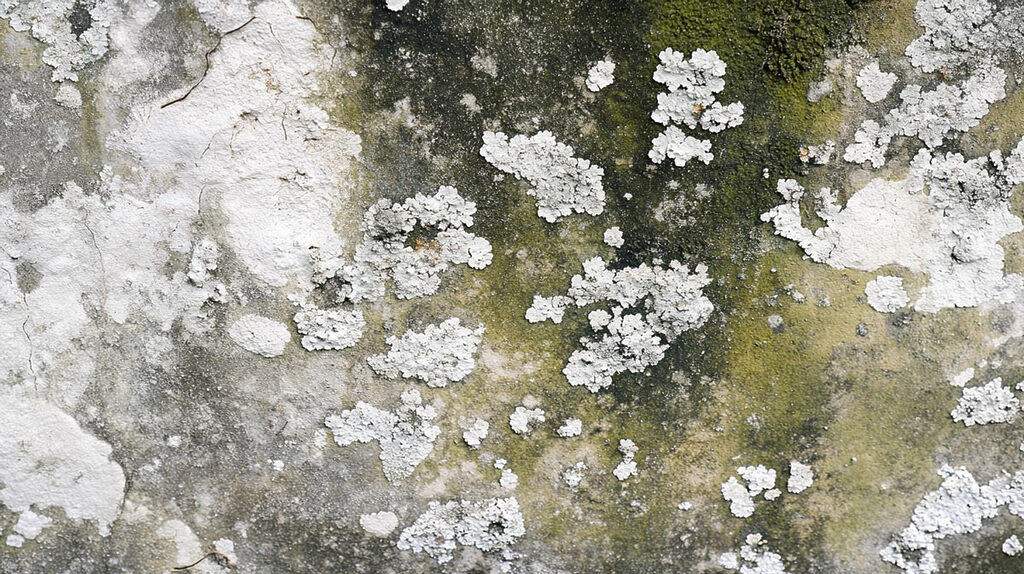
Modern techniques have evolved to provide accurate results quickly. Understanding these methods is crucial for homeowners, inspectors, and health professionals. This post will explore various sampling techniques, their benefits, and how they contribute to a healthier living environment.
Mold surface sampling techniques are essential for identifying mold presence and ensuring indoor air quality. If you’re concerned about mold in your property, consider scheduling a professional mold inspection to get accurate insights.
Importance of Mold Surface Sampling
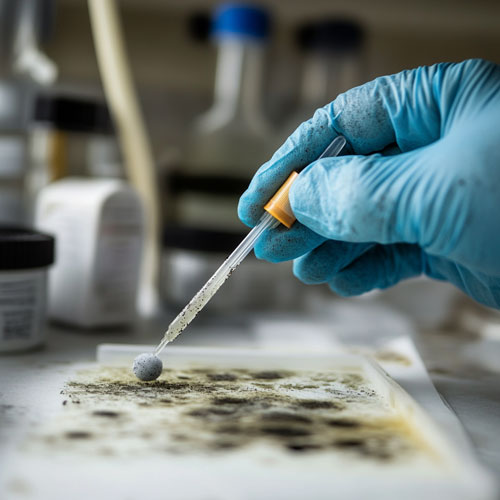
Suspect Materials
Identifying suspect materials is crucial. Mold sampling helps determine if a material has mold. This step ensures accurate analysis. Professionals collect samples from surfaces like walls, ceilings, and floors for mold inspections, mold analysis, and identifying harmful molds.
Microscopic mold spores are invisible to the naked eye. A surface mold sample reveals their presence. This helps in understanding the extent of contamination.
To better understand the severity of the issue, homeowners can take advantage of a free virtual mold inspection before moving forward with any physical assessments.
Type of Mold
Determining the specific type of mold is essential. Not all molds are harmful. Some molds can cause health issues. Mold analysis identifies the type of mold present.
Different types of molds require different treatments. For example, black mold needs professional remediation. Other molds might be manageable with regular cleaning.
Professional Remediation
e molds need professional help. Mold inspection sciences suggest that certain molds are dangerous. These molds can cause severe health problems.
A complete mold investigation determines the severity of the harmful molds problem. If the mold is toxic, professionals must handle it. They have special equipment and training.
For more extensive contamination, mold removal services may be necessary to ensure a healthy living environment.
Manageable Molds
Not all molds need professional remediation. Some molds are manageable with regular cleaning. Mold inspection courses teach how to differentiate these molds.
Regular cleaning can remove surface molds. Using proper cleaning agents helps prevent mold growth. It’s important to monitor these areas regularly.
Role of Microbial Investigators
Microbial investigators play a key role in mold inspections. They are trained to identify different types of molds. They use advanced tools for mold testing and analysis.
These experts provide detailed reports. Their findings guide the remediation process. They ensure that all moldy surfaces are treated properly.
Swab Sampling Method
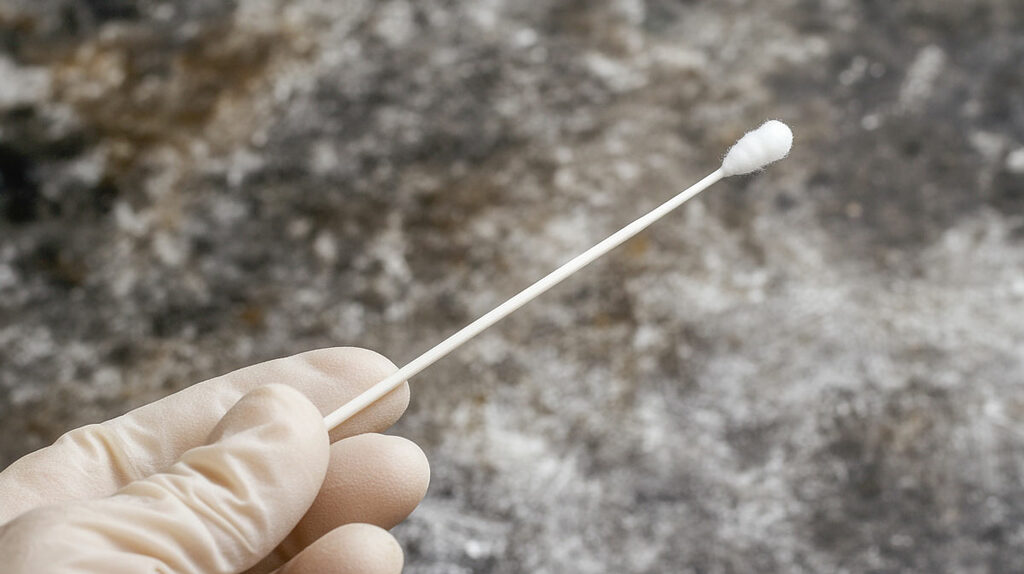
Swab Usage
Swab sampling is a common method for mold surface sampling. It involves using a rod with cotton-like media to collect surface mold sample and suspect material. The swab is rubbed over the surface where harmful molds are suspected. This helps gather spores and other particles.
Sample Preservation
After collecting the sample, it must be preserved properly. The swab is placed in a sealed container with specialized fluid for a surface mold sample. This fluid keeps the sample intact for analysis. Without proper preservation, the sample might degrade.
Ideal Areas
The swab sampling method works best for small, localized areas. Examples include parts of a home or property where mold growth is suspected. It allows for precise collection from a single surface sample.
Analyzing Samples
Once preserved, the samples are sent to a lab. Experts examine them under microscopes. They identify mold spores and other components present in the sample. This helps determine the type and extent of mold contamination.
Benefits
Swab sampling has several benefits:
- Effective for small areas: Perfect for checking specific spots.
- Easy to use: Simple process that doesn’t require special training.
- Accurate results: Provides clear information about mold presence.
Tape Lift Sampling Technique
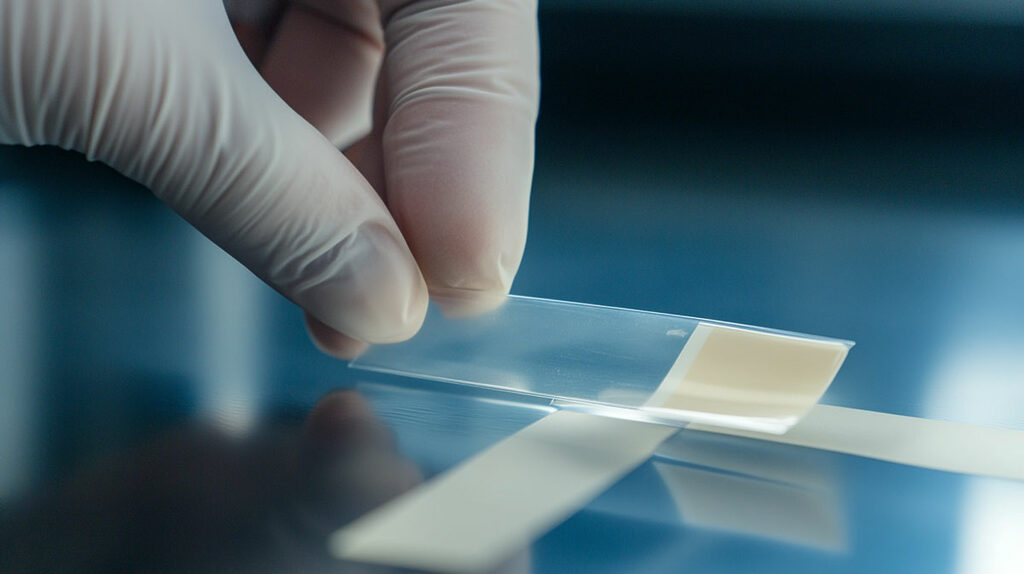
Adhesive Slide
Tape lift sampling uses a clear slide with adhesive. The tape is pressed onto the surface where mold is visible. This captures the suspect material on the adhesive. It is important to press firmly but gently. This ensures that mold spores stick to the tape.
The slide should be handled carefully. Avoid touching the adhesive part. This prevents contamination of the sample. After collecting, place the tape on a clean, labeled slide.
Sample Protection
After collection, protect the sample in a closed case. This maintains its integrity. The case should be airtight. This prevents any outside contaminants from entering.
Store the sample properly until analysis. Keep it away from extreme temperatures. This helps preserve the mold for accurate testing.
Effective for Flat Surfaces
Tape lift sampling is effective for flat surfaces. It works well on walls, floors, and ceilings. Visible mold can be easily captured using this method.
Ensure the surface is dry before sampling. Wet surfaces may affect the tape’s adhesive properties. This could lead to an incomplete sample.
Comparison with Swab Method
The swab method was discussed previously. Unlike swabs, tape lifts are better for large, flat areas. Swabs are more flexible for irregular surfaces.
Tape lifts provide a clear visual of mold distribution. This helps in understanding how widespread the contamination is.
Bulk Sampling Process
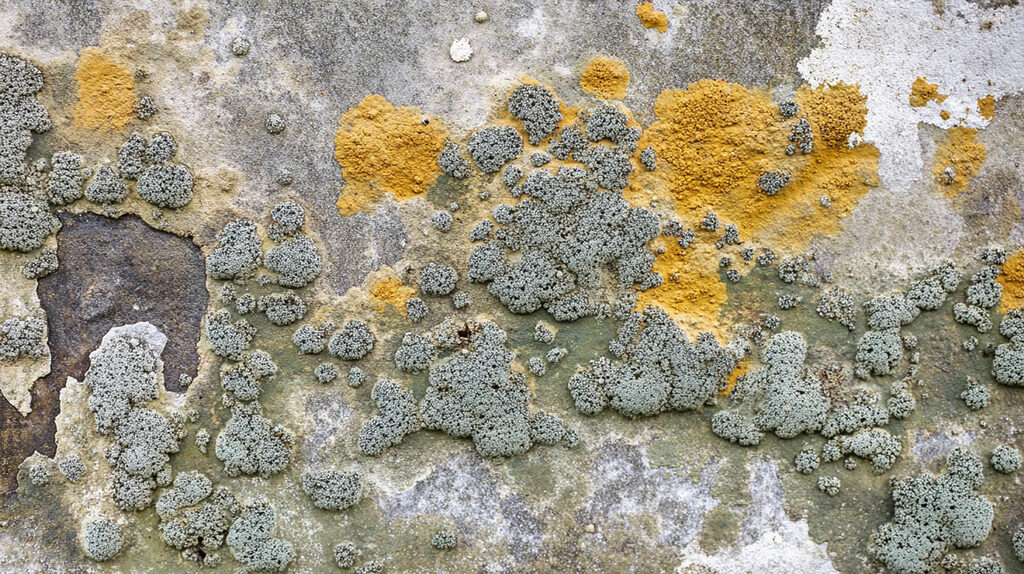
Bulk Collection
Bulk sampling involves removing a piece of impacted material. This method provides a comprehensive analysis. Unlike tape lift sampling, bulk collection takes larger quantities of the material.
The sample is cut or broken from the surface. It remains undisturbed during the process. This ensures accurate findings.
Detailed Analysis
Bulk samples are best for detailed information. They help identify mold presence and type. The undisturbed material offers precise results.
Laboratories can analyze the sample thoroughly. They check for mold spores and other contaminants. This helps in understanding the extent of mold growth.
Mold Presence
By using bulk sampling, it’s easier to detect hidden mold. The large sample size reveals more about the environment. This technique is useful in areas with visible damage.
Removing a piece of drywall or wood can show deeper mold issues. It provides a clear picture of contamination levels.
Accurate Findings
Bulk sampling ensures accuracy. The sample remains intact, giving true results. This method is reliable for serious mold problems.
Experts recommend bulk collection for thorough investigations. It helps in making informed decisions about remediation.
Wall Cavity Sampling
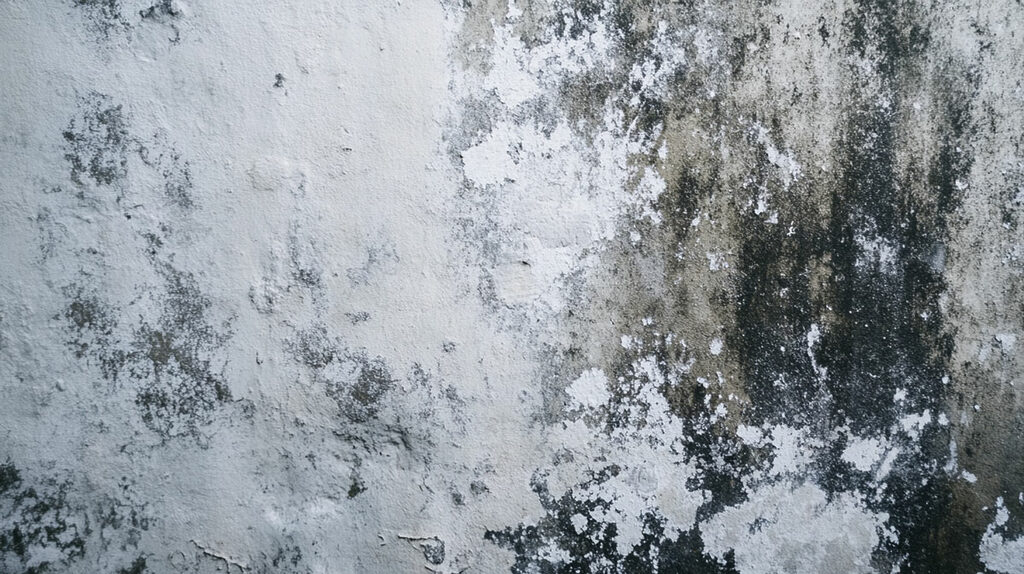
Hidden Mold Growth
Wall cavity sampling helps find hidden mold. Mold can grow inside walls where it is not visible. This method is crucial to detect mold that surface inspections miss.
Inspectors drill small holes in the wall to access the cavity. They use special tools to collect samples from inside. This process prevents extensive damage to the wall.
Specialized Equipment
Using specialized equipment ensures accurate results. Tools like moisture meters and borescopes help during the investigation. Moisture meters detect dampness, indicating possible mold presence.
Borescopes are cameras on flexible tubes. They allow inspectors to see inside the wall without removing large sections. These tools make the inspection less invasive and more precise.
Sample Extraction
Extracting samples involves taking pieces of drywall or insulation. Inspectors carefully remove a small section of the wall for this purpose. The extracted material is then analyzed for mold spores.
In some cases, they might use adhesive tapes or swabs to collect samples. These methods trap mold spores on a sticky surface or cotton swab. The samples are sent to a lab for detailed analysis.
Physical Investigation
Physical investigation of wall cavities provides valuable information. Inspectors look for signs of water damage or leaks inside the walls. Water damage often leads to mold growth over time.
They also check if insulation is wet or damaged. Wet insulation can be a breeding ground for mold. Finding and removing damaged insulation helps prevent further mold growth.
Importance of Wall Cavity Sampling
Wall cavity sampling is important because it finds hidden problems. Surface inspections cannot always detect mold inside walls. By accessing these hidden areas, inspectors can provide a complete assessment.
This technique helps property owners take necessary actions early. Early detection and removal of mold prevent health issues and property damage. It also saves money by avoiding extensive repairs later.
Dust Sampling Importance
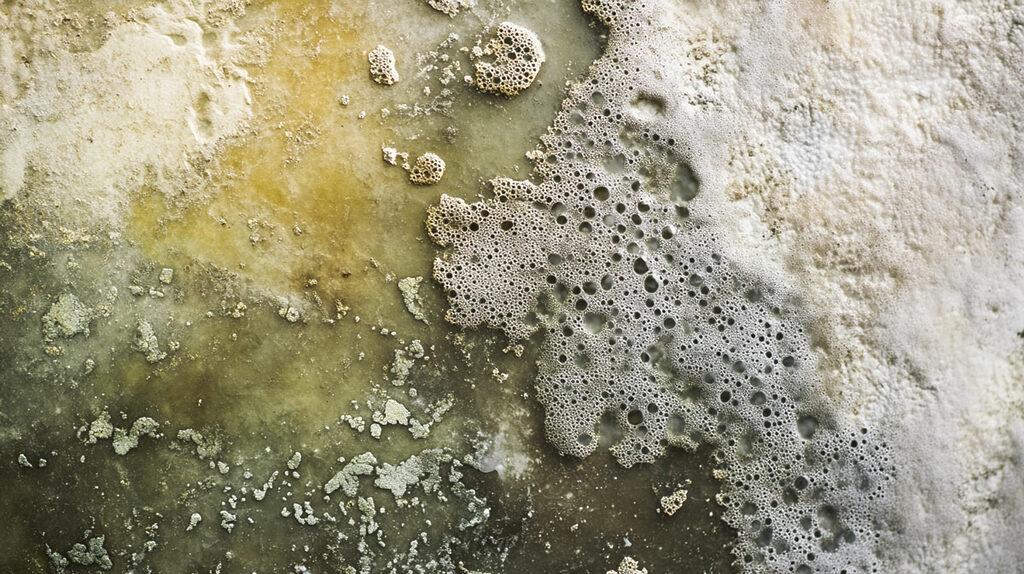
Identify Mold Spores
Dust sampling helps find mold spores in the environment. This is an important part of keeping homes and buildings safe. Mold spores can cause health problems like allergies and asthma. By collecting dust, it becomes easier to see if mold is present.
Technicians use special tools to gather dust from surfaces. They often use a vacuum with a filter or sticky tape. The samples are then sent to a lab for analysis.
Assess Indoor Air Quality
Dust sampling also checks indoor air quality. Poor air quality can lead to health issues. Dust samples help identify what is in the air we breathe.
By looking at these samples, experts can find mold and other harmful particles. This helps understand if the air is safe or not. It also helps find hidden mold sources that might be causing problems.
Long-Term Monitoring
Dust sampling is useful for long-term monitoring. Mold can grow and spread over time. Regular dust sampling keeps track of mold levels.
This method helps see changes in mold presence over months or years. It’s important for places like schools, hospitals, and offices. Long-term data helps make better decisions about cleaning and maintenance.
Compare with Wall Cavity Sampling
Wall cavity sampling was discussed earlier. Both methods are useful but serve different purposes. Wall cavity sampling looks inside walls for hidden mold.
Dust sampling looks at surface dust to find mold spores in the air. Together, they give a complete picture of mold presence.
Easy to Perform
Dust sampling is easy to perform. It does not need much equipment or time. This makes it a good choice for regular checks.
Anyone can learn how to collect dust samples with simple instructions. This makes it accessible for homeowners and professionals alike.
Ambient Air Sampling
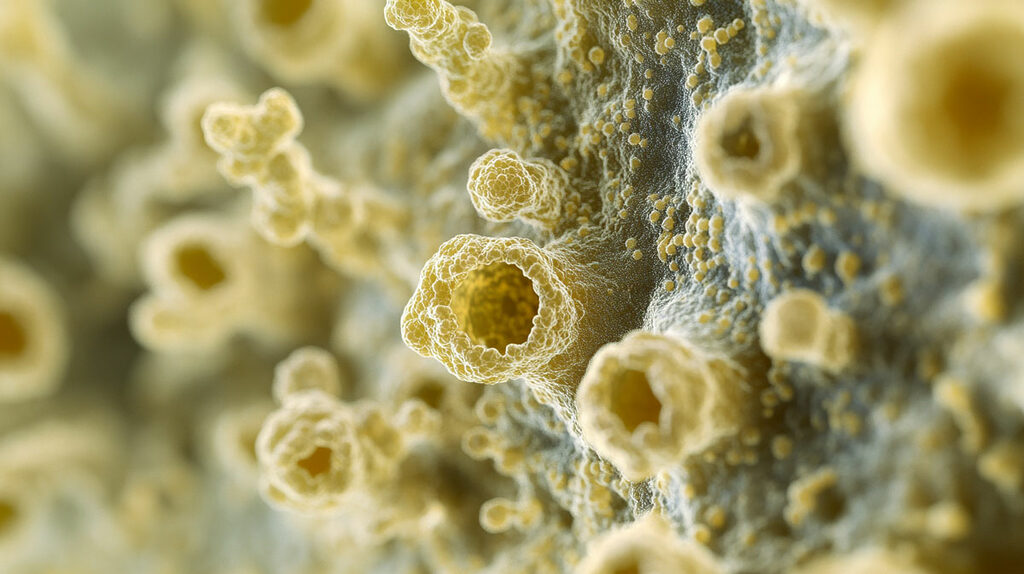
Air Spore Measurement
Ambient air sampling measures mold spore concentration in the air. This process helps understand the level of mold spores present.
Special devices collect air samples. These devices pull in air and trap airborne mold spores on a sticky surface or filter.
Indoor vs. Outdoor Comparison
Comparing indoor and outdoor mold spore levels is crucial. It helps determine if indoor areas have higher contamination than outside.
Outdoor control samples are taken to establish a baseline. These samples show the usual mold spore levels found outside homes or buildings.
Health Risk Evaluation
Evaluating air quality is essential for health. High levels of mold spores can cause allergies and respiratory problems.
Collecting air samples helps identify potential health risks. Inspectors use these results to recommend actions, like improving ventilation or cleaning.
Inspection Areas
Inspectors choose specific areas to sample. They often select places where people spend most of their time, like bedrooms and living rooms.
Physical conditions also guide sampling locations. Damp or humid spots are more likely to have high mold spore concentrations.
Sampling Guides
Sampling guides help ensure accurate results. They provide instructions on how to collect air samples properly.
These guides recommend taking multiple samples at different times and locations. This approach captures variations in mold spore levels throughout the day.
Environmental Samples
Environmental samples include both indoor samples and outdoor control samples. This combination gives a complete picture of the air quality.
Indoor air quality assessments rely on these environmental samples. They help identify problem areas that need attention.
Developing an Effective Sampling Strategy
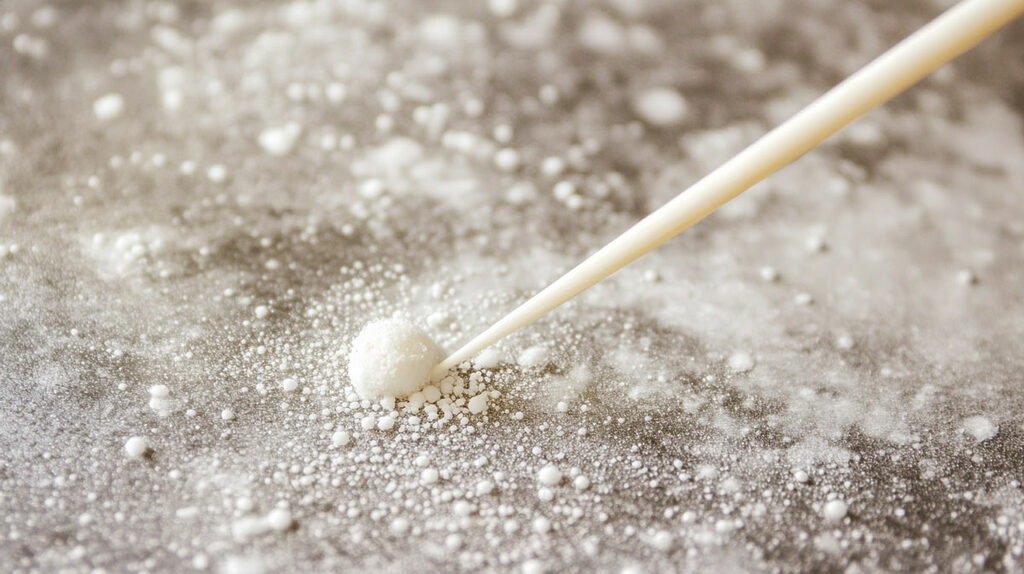
Combining Techniques
Combining multiple mold sampling techniques provides a comprehensive analysis. Air sampling, as discussed earlier, captures airborne spores. Surface sampling identifies mold present on surfaces. Swab samples and tape lifts are common methods. Swab samples involve rubbing a sterile swab on the surface. Tape lifts use clear tape to collect spores from flat surfaces.
Using both methods helps identify hidden mold. This combination ensures more accurate results. Professionals can compare air and surface findings for better insights.
Environmental Conditions
Tailoring the strategy to specific environmental conditions is crucial. Different environments require different approaches. For instance, damp areas like basements might need more frequent sampling. Dry areas may not need as much attention.
Mold growth varies with humidity and temperature. High humidity promotes faster growth. Sampling should focus on areas with high moisture levels. Leaky roofs or plumbing issues often lead to mold growth.
Mold Types
Different mold types need different sampling media. Black mold requires specific media for accurate identification. Other molds might need general-purpose media.
Knowing the mold type helps in selecting the right sampling method. It also aids in determining the severity of contamination. Some molds are more harmful than others.
Certified Professionals
Certified professionals ensure reliable results. They follow strict protocols during sampling. Their expertise helps avoid contamination during sample collection.
Hiring a consultant can be beneficial. Consultants answer important questions about the process. They provide detailed analysis and actionable recommendations.
Professionals also handle sample testing in accredited labs. This ensures the accuracy of the findings. If you’re searching for professional help nearby, find a local mold inspection service near you to get assistance right away.
On-Site Effort
On-site effort plays a significant role in effective sampling. Thorough inspection of the area is necessary before collecting samples. Identifying potential sources of moisture is important.
Sampling should cover all suspected areas. This includes visible mold spots and hidden areas like behind walls or under carpets.
Analysis and Reporting
Analysis and reporting are critical steps in the process. Samples are analyzed in labs to identify mold types and concentrations. Detailed reports outline the findings and recommended actions.
Reports help property owners understand the extent of contamination. They also guide remediation efforts to remove mold effectively.
Common Pitfalls in Mold Sampling
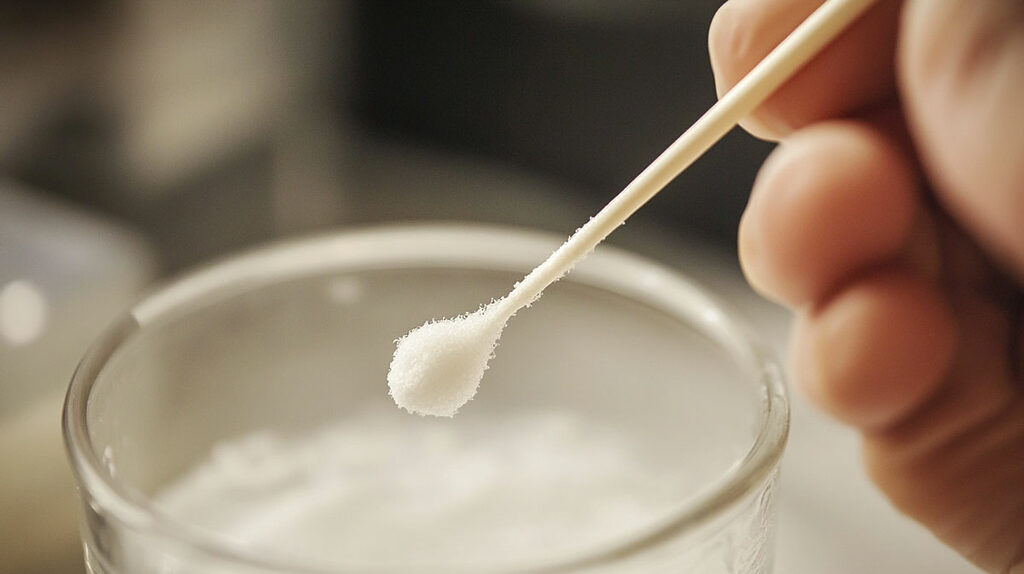
Incorrect Collection Methods
Improper collection methods can lead to inaccurate results. Mold samples must be collected carefully. Standard mold sampling protocols should be followed. For example, using dirty tools can contaminate the sample. This will make the test results unreliable.
Contamination Issues
Samples must not be contaminated during collection or transport. Keeping the tools and containers clean is important. Mold sampling guide suggests using sterile gloves and bags. Avoid touching the inside of the container with bare hands. This prevents introducing external mold spores.
Delayed Analysis
Timely analysis is crucial for accurate results. Delays can cause sample degradation. Mold spores can die or multiply if not analyzed quickly. This affects the accuracy of the test results. Samples should be sent to the lab immediately after collection.
Ignoring Visible Mold
Visible mold should not be ignored during inspections. It is a sign of an apparent mold problem. Ignoring it can lead to incomplete investigations. Mold inspections should always include visible mold growth checks.
Overlooking Different Mold Types
Different mold types require different sampling techniques. Not all molds are the same. Some molds need air samples, while others need surface samples. Mold investigation should consider this to get accurate results.
Inadequate Sample Size
Collecting too small a sample can lead to inaccurate results. A bigger sample size gives a better picture of the mold situation. Follow the mold sampling protocols for adequate sample sizes.
Poor Documentation
Proper documentation is essential in mold investigations. Documenting where and how each sample was taken helps in analysis. Without it, labs may misinterpret the results.
Failure to Identify Mold Sources
Identifying mold sources is key in any investigation. Simply collecting samples without understanding where they come from is not enough. Look for moisture sources and leaks that cause mold growth.
Lack of Training
Personnel involved in mold sampling need proper training. Untrained staff may mishandle samples, leading to errors. Training ensures they follow proper procedures.
Misinterpretation of Results
Results must be interpreted correctly to be useful. Misinterpretation can lead to wrong conclusions and ineffective remediation efforts.
Final Remarks
Understanding mold surface sampling techniques is crucial for effective mold management. You’ve learned about several methods, including swab and tape lift sampling, each with its unique benefits. These techniques help you identify mold presence accurately, ensuring a healthier environment.
Now it’s your turn to put this knowledge into action. Don’t let mold compromise your space. Implement these strategies and avoid common pitfalls. Stay proactive in maintaining a safe, mold-free environment. Share these insights with others and keep the conversation going. Your health matters!
Frequently Asked Questions
What is the importance of mold surface sampling?
Mold surface sampling helps identify mold presence and type. It ensures accurate remediation, preventing health risks and property damage.
How does the swab sampling method work?
Swab sampling involves rubbing a sterile swab on a moldy surface. The sample is then analyzed in a lab to identify the mold species.
What is the tape lift sampling technique?
Tape lift sampling uses adhesive tape to collect mold from surfaces. The tape is then examined under a microscope for mold identification.
Why is bulk sampling important in mold detection?
Bulk sampling involves collecting pieces of contaminated material. This method provides comprehensive data about mold types and concentrations.
When should wall cavity sampling be performed?
Wall cavity sampling is used when mold is suspected inside walls. It involves drilling small holes and using specialized equipment to collect samples.
What makes dust sampling important in mold investigations?
Dust sampling captures settled spores over time, offering insights into long-term mold exposure and indoor air quality.
How can I develop an effective mold sampling strategy?
An effective strategy includes selecting appropriate methods, regular monitoring, and professional analysis. This ensures thorough detection and remediation.
